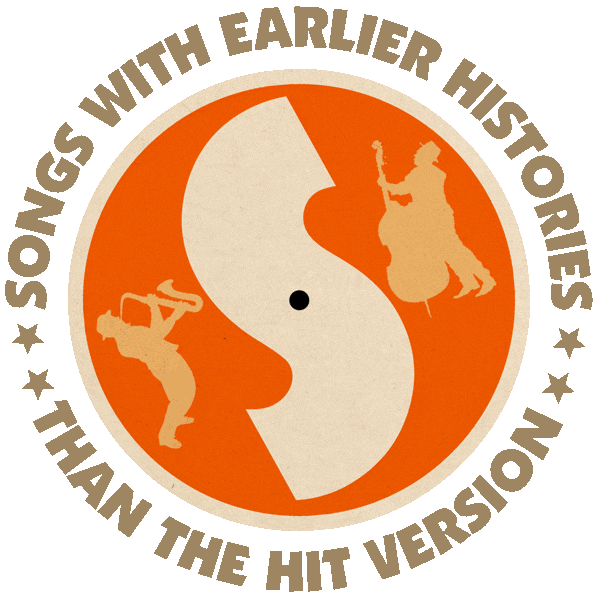First recorded (as “Do-Wah-Diddy”) by The Exciters (US #78/R&B #47 1963).
Other hit versions by Manfred Mann (US#1/UK #1 1964), 2 Live Crew (R&B #62 1987), The Blue Melons (UK #70 1996), DJ Otzi (UK #9 2001).
From the wiki: “‘Do Wah Diddy Diddy’ was written by Jeff Barry and Ellie Greenwich, and first recorded by The Exciters, in 1963. The Exciters were formed from an all-girl group, The Masterettes, before adding a male singer and renaming themselves The Exciters after auditioning for producers Jerry Leiber and Mike Stoller. Their first hit record, arranged by George ‘Teacho’ Wiltshire and produced by Leiber and Stoller for United Artists Records, was ‘Tell Him’, which reached #4 on the U.S. Top-40 chart in early 1963. (The song had previously been recorded unsuccessfully, as ‘Tell Her’, by Gil Hamilton later known as Johnny Thunder.) According to Jason Ankeny at AllMusic, the Exciters ‘signified a sea change in the presentation and perception of femininity in popular music, paving the way for such tough, sexy acts as the Shangri-Las and the Ronettes.’
“Trivia: Dusty Springfield was on a stop-over in New York City en route to Nashville to make a country music album with the Springfields in 1962, when she heard the Exciters’ ‘Tell Him’ playing while taking a late-night walk by the Colony Record Store on Broadway. The song helped Springfield decide to embark on a solo career with a Pop/Soul direction.

